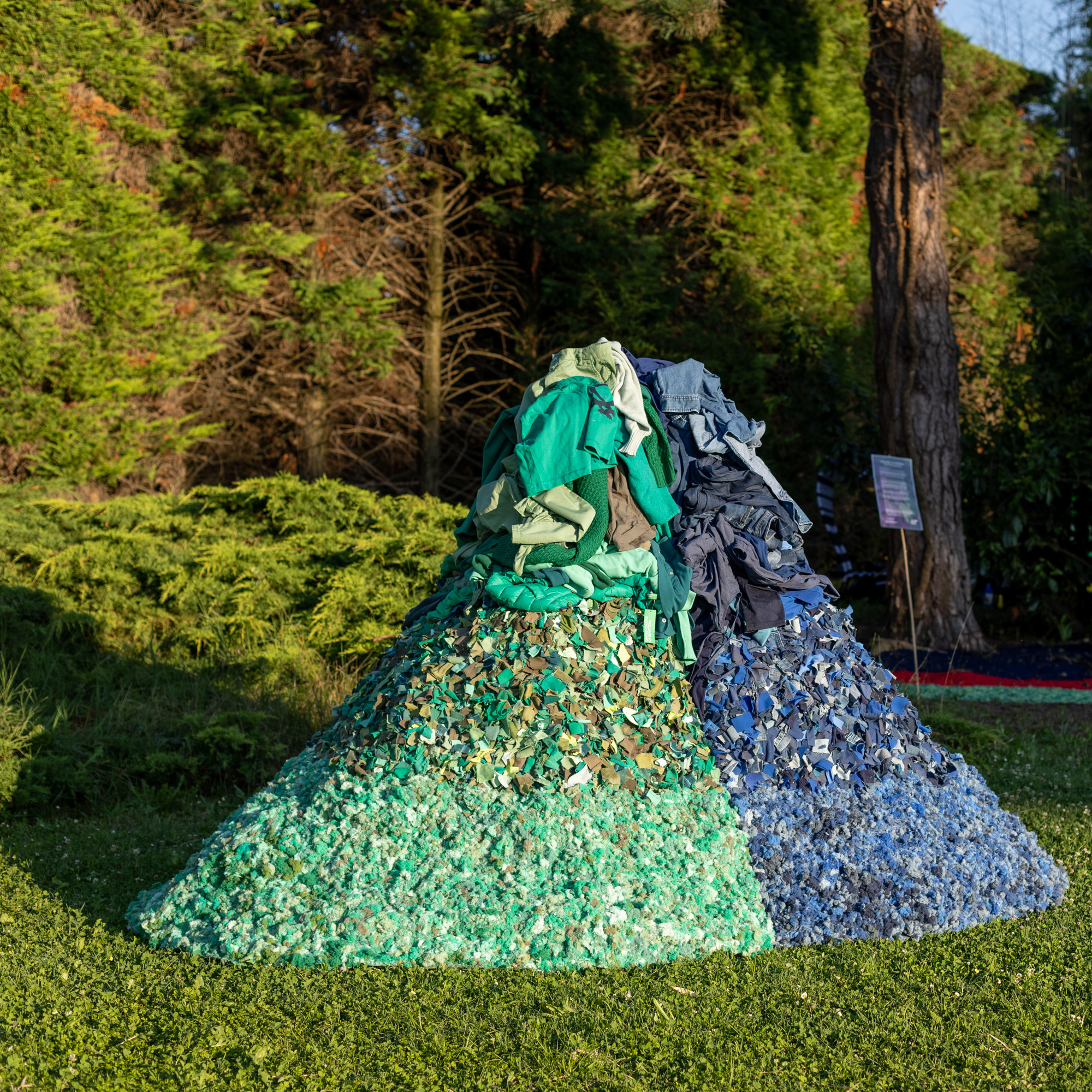¿Qué esconden los cauces de nuestra sangre? What do the courses of our blood conceal? by Maria Fernanda Vaca Angulo
¿Qué diría el río si hablara el lenguaje de los humanos?
What would the river say if he spoke the language of humans?
Probablemente nos diría que está agotado.
Probably he would tell us that he is exhausted.
Que no hay cuerpo que aguante tanta enfermedad.
That there is nobody that can tolerate this amount of illness.
Que le duele vivir.
That is painful to live.
Que está muriendo.
That is dying.
But perhaps the river doesn’t need to speak the language of men; he can show us his pain in other ways. From space, where there is no room for the oxygen that humans need to live, high-resolution satellite images for the observation of terrestrial life reveal a radiograph of his illness.
¿Qué esconden los cauces de nuestra sangre? What do the courses of our blood conceal? is a visual investigation that travels into the symptomatology left by the indiscriminate extraction of gold, produced by foreigners, in the Atrato River. Blending emotions with data, the project aims to show how the beings that inhabit this body of water are poisoned with mercury, the most toxic non-radioactive element found in nature.
Maria Fernanda Vaca Angulo
From Bogotà, Colombia, Maria Fernanda Vaca Angulo (1996) is an artist and anthropologist with an academic minor in communication design and photography. Her interests are focused on the intersections between visual anthropology, journalism, and collaborative projects within human rights issues. She is currently working as an investigator, director, and writer for hybrid features that reflect conflict, death, resistance, and memory in Colombia and Latin America.






